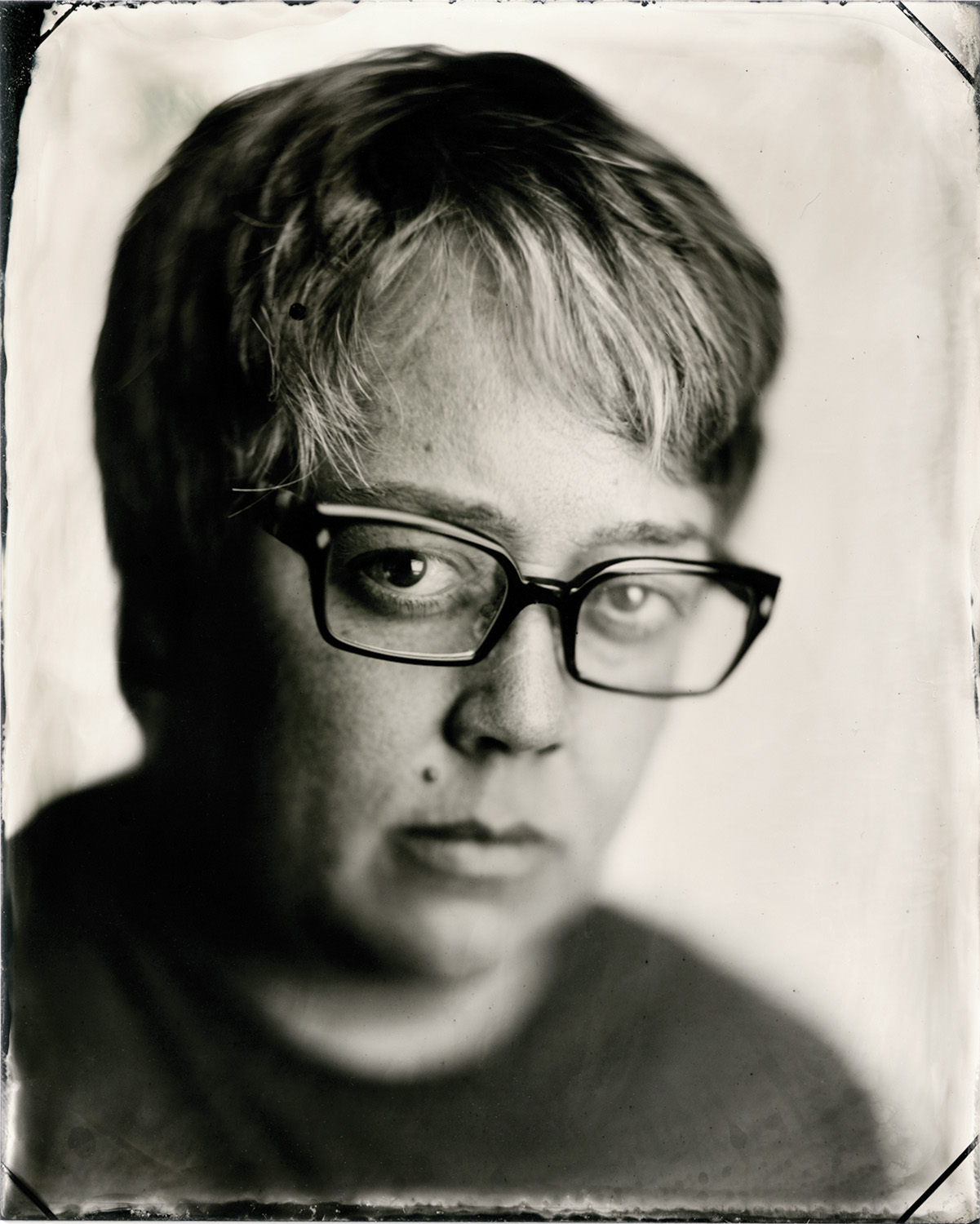Image

Lori Nix is a two-time NYFA grant recipient and serves on their artist advisory committee. Her work has been shown in the Museum of Arts and Design in New York City, the Toledo Museum of Art in Toledo, Ohio, Museum Schloss Moyland in Germany, and the Bruce Museum in Greenwich, Connecticut. She is a 2014 John S. Guggenheim Fellow.
